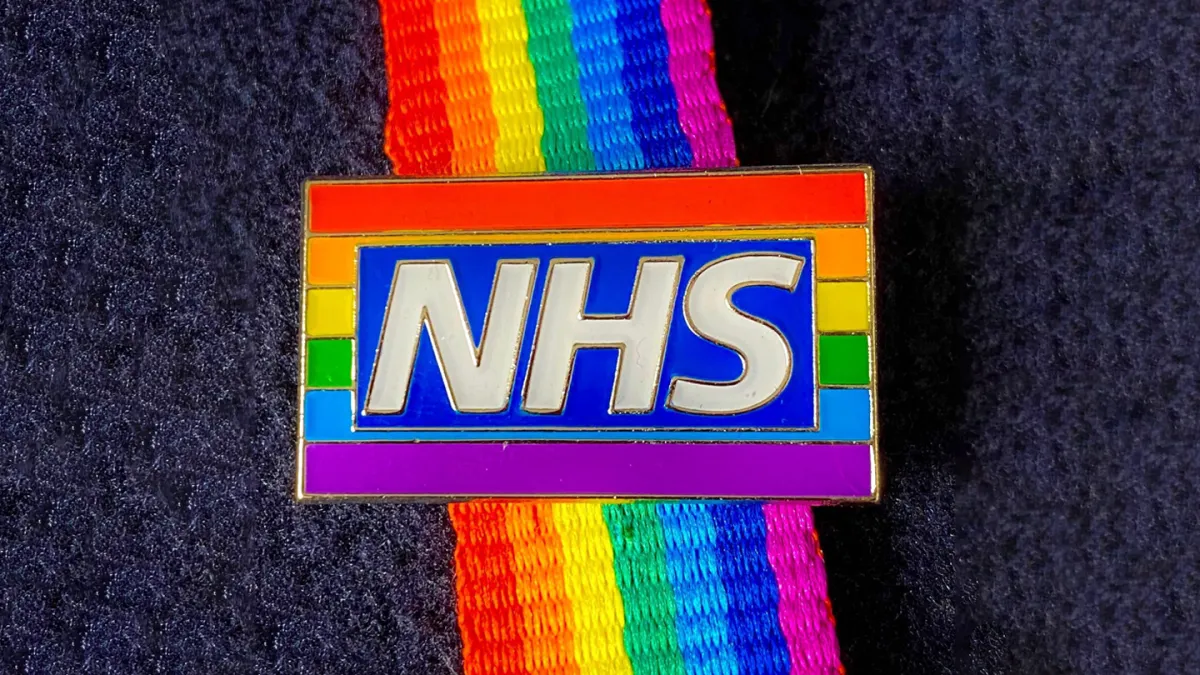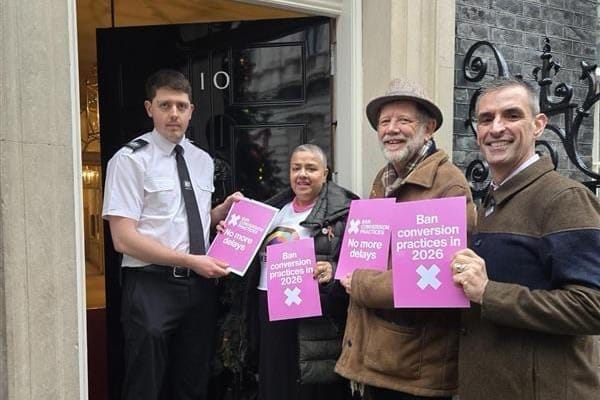NHS launches review to "help the NHS better meet the health needs of LGBTQ+ people"

The NHS has announced its first-ever national review aimed at addressing health inequalities faced by LGBTQ+ individuals across England. The six-month initiative, led by Dr Michael Brady, National Adviser for LGBTQ+ Health at NHS England, seeks to identify and dismantle barriers to healthcare access while improving patient outcomes and safety.
The comprehensive review will examine a wide range of services, including mental health, sexual and reproductive health, HIV and perinatal care, cancer screening, and primary care. It will also explore preventative services such as smoking cessation, alcohol and drug support. This effort builds on existing evidence, including findings from the 2018 National LGBT Survey and the GP Patient Experience Survey, both of which highlight poorer access and outcomes for LGBTQ+ patients.
Dr Brady emphasised the importance of the initiative, stating: “It’s unacceptable that LGBTQ+ people have a poorer overall experience of health services, which leads to worse health outcomes. This is the first review to look in depth at this issue and make recommendations which will help the NHS better meet the health needs of LGBTQ+ people.”
The NHS is calling on academics, clinicians, public health professionals, local authorities, service providers, and voluntary organisations to contribute data and insights to support the review. The findings will culminate in a final report and set of recommendations to be presented to Health and Social Care Secretary Wes Streeting in December 2025.
The review aligns with the NHS’s 10-Year Health Plan, particularly its strategic shifts from hospital to community care, from sickness to prevention, and from analogue to digital services. These reforms are seen as crucial to ensuring inclusive, accessible, and effective care for all.
Joan Saddler, Director of Partnerships and Equality at the NHS Confederation, welcomed the review, saying: “Everyone deserves to have a positive healthcare experience and we are deeply concerned that LGBTQ+ people face significant health inequalities, both in terms of access to care and overall health outcomes.”





Comments ()